Get The Article
- Article PDF
- Imaging Neuroscience Article
Cite This Work
- APA
- MLA
- Bibtex
Lulla, R., Christov-Moore, L., Vaccaro, A., Reggente, N., Iacoboni, M., & Kaplan, J. (2024). Empathy from Dissimilarity: Multivariate Pattern Analysis of Neural Activity During Observation of Somatosensory Experience. Imaging Neuroscience. https://doi.org/10.1162/imag_a_00110
Lulla, Rishi, et al. “Empathy from Dissimilarity: Multivariate Pattern Analysis of Neural Activity During Observation of Somatosensory Experience.” Imaging Neuroscience, Jan. 2024, doi:10.1162/imag_a_00110.
@article{Lulla_Christov-Moore_Vaccaro_Reggente_Iacoboni_Kaplan_2024, title={Empathy from Dissimilarity: Multivariate Pattern Analysis of Neural Activity During Observation of Somatosensory Experience}, url={https://doi.org/10.1162/imag_a_00110}, DOI={10.1162/imag_a_00110}, journal={Imaging Neuroscience}, author={Lulla, Rishi and Christov-Moore, Leonardo and Vaccaro, A. and Reggente, Nicco and Iacoboni, Marco and Kaplan, Jonas}, year={2024}, month=jan }
Empathy: A Deeper Look
Empathy involves both understanding and sharing in the states of others. It’s been relatively established that empathy is related to our ability to simulate and internalize another’s experience as if it is happening to us, referred to as the ‘simulationist’ theory of empathy. However, how these simulations translate into empathic ability remains unclear. In an article titled ‘Empathy from Dissimilarity: Multivariate Pattern Analysis of Neural Activity during Observation of Others’ Somatosensory States’, researchers from the University of Southern California and the Institute for Advanced Consciousness Studies investigate the relationship between internal simulations and empathic traits. They question whether the importance of these simulations depends on not only the strength of the simulation but more so the distinguishability across simulated states.
Brain Patterns and Simulation
To evaluate this theory using patterns of neural activity, researchers recruited 70 healthy participants to undergo MRI imaging while observing videos intended to simulate certain sensory states. The videos consisted of a hand experiencing painful and tactile stimulation and a hand in isolation as control. They used advanced multivariate analysis techniques to delve into the granularity of neural activity, such as differences in neural patterns when simulating pain versus touch. This allowed them to probe whether the key to the simulationist theory lay within the relationship between differences in neural patterns of simulated states and empathic ability.
Dissimilarity as a Key Factor
This article evaluates empathy through the lens of ‘pattern dissimilarity’ rather than overall activation during observed experiences of others, analyzing areas of the brain in which pattern dissimilarity was predictive of empathic traits. This proved to be more useful than traditional methods of evaluating neural responses that rely on average activation levels rather than activity patterns. Researchers discovered that pattern dissimilarity was predictive of empathic traits in the same areas of the brain that would be engaged if the participant was experiencing the observed stimulation themselves. This sheds light on the intricacies of somatosensation, our bodily perception of the senses, that contribute to empathic ability.
Implications for Understanding Empathy
These findings show how pattern dissimilarity may provide deeper information than traditional analysis methods when researching cognitive functions such as empathy. Researchers suggest that the distinguishability of simulated internal states in somatosensory areas of the brain is predictive of an individual’s sympathetic reactions to the distress of others. Perhaps it’s not only the level of brain activity during internal simulation, but more so the uniqueness and distinguishability of that brain activity that leads us to feel for and understand others.


